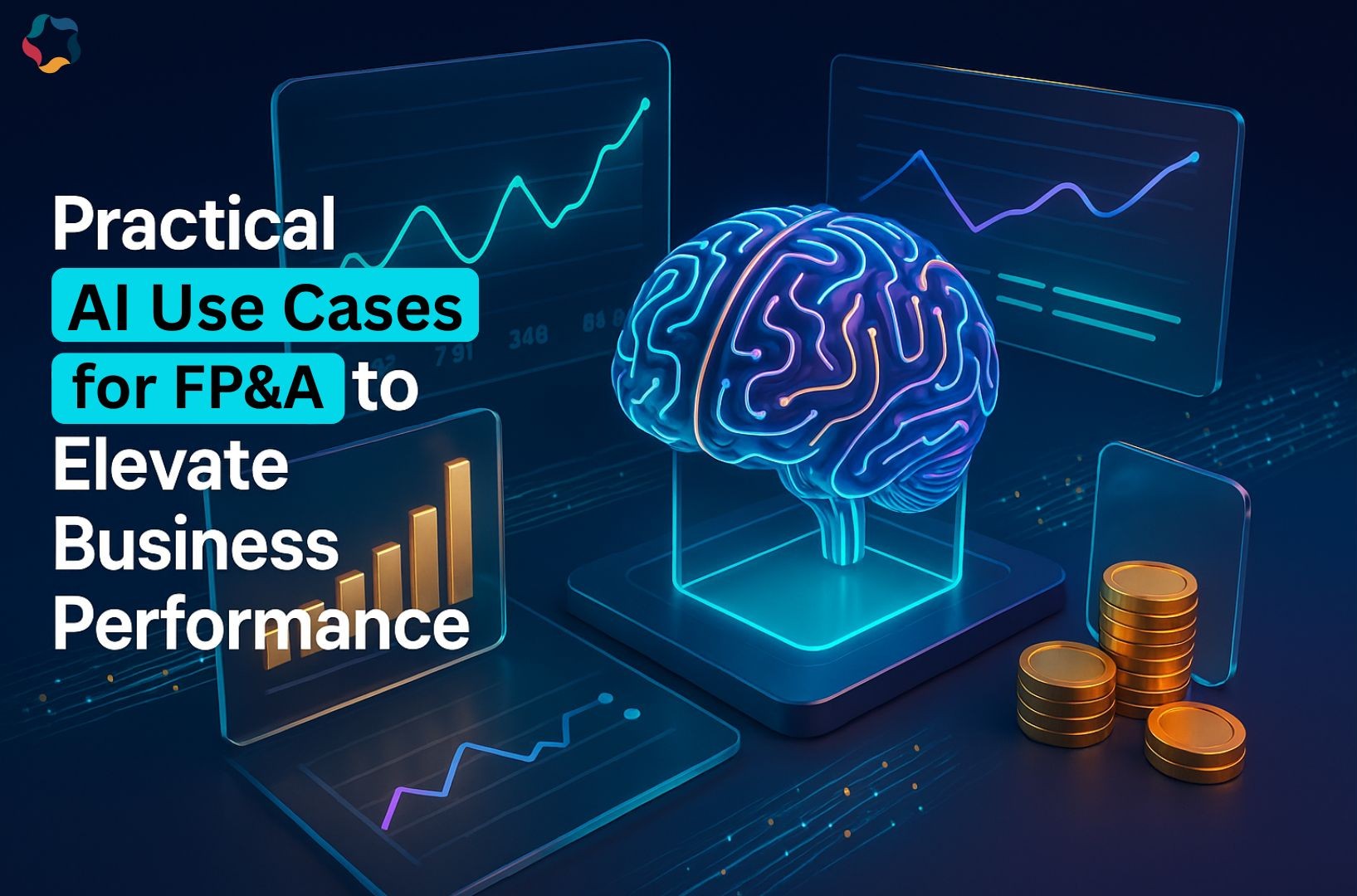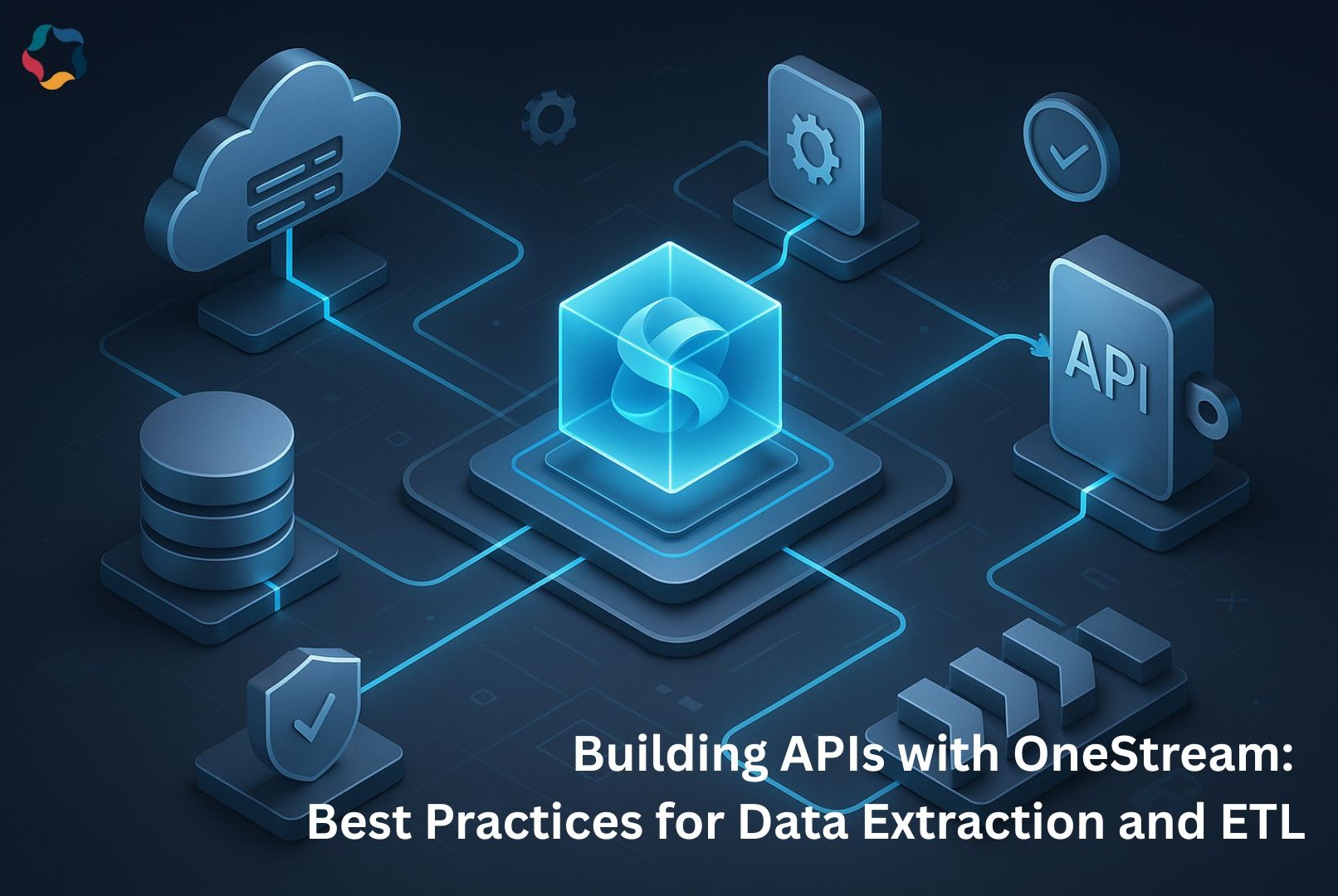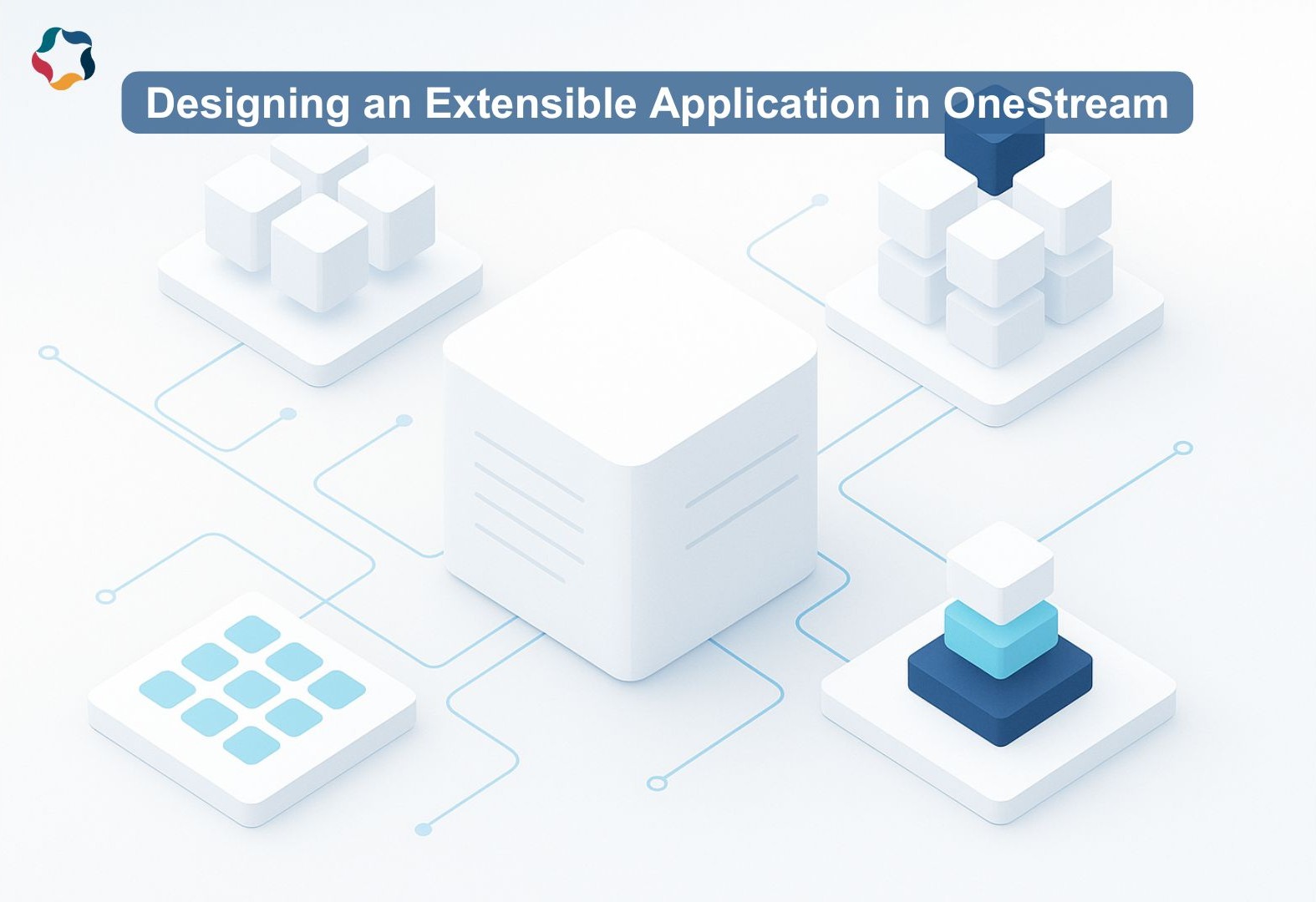
Table of Contents
Introduction
Artificial Intelligence (AI) is no longer a futuristic concept, it’s a business reality that’s transforming how organizations plan, analyze, and make financial decisions. In today’s dynamic market, finance teams are under immense pressure to deliver faster insights, more accurate forecasts, and smarter strategies. This is where AI steps in as a powerful ally.
Financial Planning and Analysis (FP&A) sits at the heart of business strategy, guiding leaders with data-driven insights for budgeting, forecasting, and performance tracking. But traditional FP&A processes are often time-consuming and reactive. By integrating AI Use Cases for FP&A into workflows, businesses can unlock new levels of productivity, accuracy, and agility. The result? Finance teams that move from reporting the past to predicting the future driving business performance like never before.
Why AI Matters in FP&A
Traditional FP&A functions face well-known challenges — fragmented data sources, manual spreadsheets, and time-intensive reporting cycles. Analysts spend more time gathering numbers than analyzing them. Forecasting can be slow, based on historical data that quickly becomes outdated. Decision-making often relies on gut feeling rather than evidence.
AI Use Cases for FP&A change this narrative. With machine learning and predictive analytics, finance teams can process large datasets in seconds, uncover trends invisible to human eyes, and generate forecasts with higher accuracy. These use cases help leaders make data-driven decisions faster, anticipate market shifts, and identify risks before they escalate.
Practical AI Use Cases for FP&A
1. AI-Driven Forecasting and Scenario Planning
Forecasting is the backbone of FP&A, but traditional models rely heavily on historical trends and manual inputs. AI enhances this by continuously learning from new data — market fluctuations, customer behavior, and macroeconomic signals. Machine learning algorithms can simulate multiple “what-if” scenarios in minutes, helping teams understand potential outcomes under different assumptions.
The result is faster, more dynamic scenario planning that equips finance leaders to pivot with confidence. These AI Use Cases for FP&A enable businesses to move from static
2. Expense Anomaly Detection and Fraud Prevention
Manual expense tracking is error-prone and reactive. AI models, however, can analyze thousands of transactions to flag unusual spending patterns in real time. By identifying outliers — such as duplicate invoices, unauthorized expenses, or policy breaches AI helps prevent fraud and financial leakage.
This use case not only reduces risk but also builds trust in financial integrity. It’s one of the most practical AI Use Cases for FP&A teams striving for transparency and compliance
3. Intelligent Dashboards and Real-Time Insights
AI-powered dashboards are revolutionizing how finance teams visualize and consume data. Instead of waiting for month-end reports, decision-makers can access real-time metrics on profitability, cash flow, or cost performance. AI continuously updates these dashboards, highlighting trends or anomalies automatically.
This enables CFOs and FP&A professionals to respond instantly to changes empowering them with actionable insights at the speed of business.
4. Natural Language Queries for Financial Data
Gone are the days when finance professionals needed to navigate complex systems to retrieve data. With AI-driven natural language processing (NLP), users can simply ask questions like “What was last quarter’s operating margin?” and receive instant answers. This democratizes data access, allowing non-technical users to explore financial insights intuitively.
Among the emerging AI Use Cases for FP&A, natural language interaction bridges the gap between finance and technology, fostering a culture of self-service analytics.
5. Automated Variance Analysis
Variance analysis comparing actuals to budgets or forecasts is crucial but time-consuming. AI automates this by analyzing massive datasets to pinpoint deviations and explain underlying causes. Whether it’s a cost spike or revenue dip, AI highlights the most relevant drivers, saving analysts countless hours.
This improves accuracy, speeds up month-end close processes, and empowers leaders to act quickly on insights.
6. Predictive Cash Flow Modeling
Cash is the lifeblood of any organization. AI models can predict future cash positions by analyzing patterns in receivables, payables, and seasonality. By forecasting liquidity needs proactively, businesses can optimize working capital and avoid surprises.
This AI Use Case for FP&A provides greater financial control and foresight enabling better investment, borrowing, and growth decisions.
Overcoming Barriers to Adoption
Despite the promise, organizations face challenges when implementing AI Use Cases for FP&A. Issues like data quality, system integration, or change resistance are common. Upskilling teams to collaborate with AI is equally vital.
Importantly, AI is not a replacement but an enabler. By embedding AI Use Cases for FP&A thoughtfully, finance professionals amplify their analytical impact while maintaining strategic control.
Conclusion
AI is transforming FP&A from a back-office reporting role into a strategic growth engine. By embracing AI Use Cases for FP&A from predictive forecasting to automated variance analysis finance teams can unlock speed, accuracy, and agility.
The journey doesn’t need to start big. Begin with one or two impactful AI Use Cases for FP&A, learn, then scale. Organizations that act now will lead the future of intelligent finance where AI and human expertise elevate performance together.

Rajan Shah
Technical Manager
Rajan Shah is a Technical Manager at Solution Analysts. He brings almost a decade of experience and a genuine passion for software development to his role. He’s a skilled problem solver with a keen eye for detail, his expertise spans in a diverse range of technologies including Ionic, Angular, Node.js, Flutter, and React Native, PHP, and iOS.











 sales@solutionanalysts.com
sales@solutionanalysts.com solution.analysts
solution.analysts






